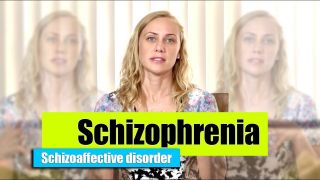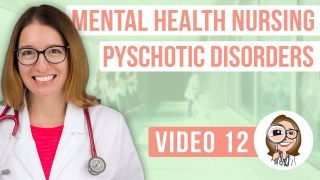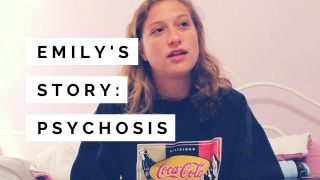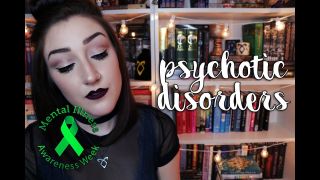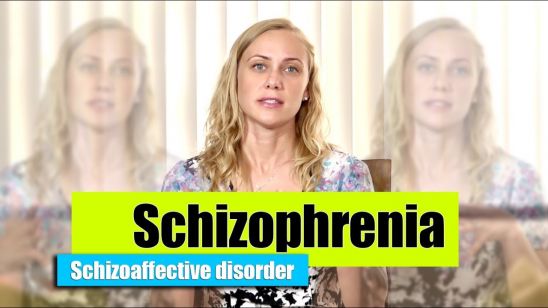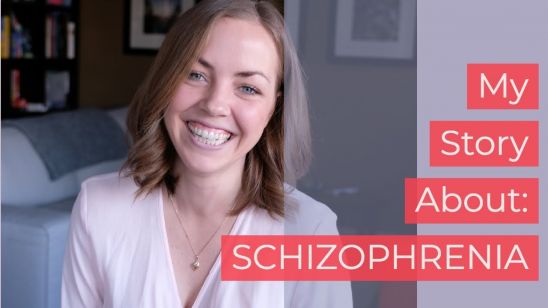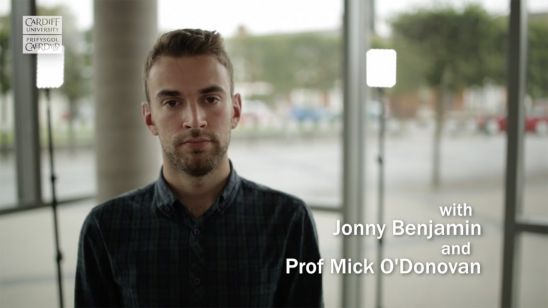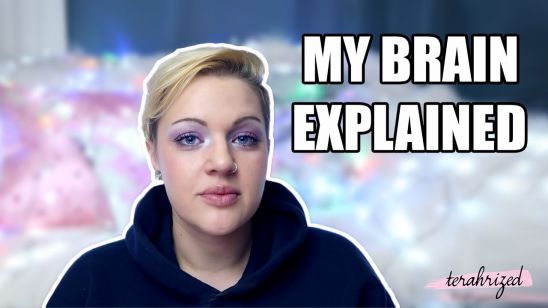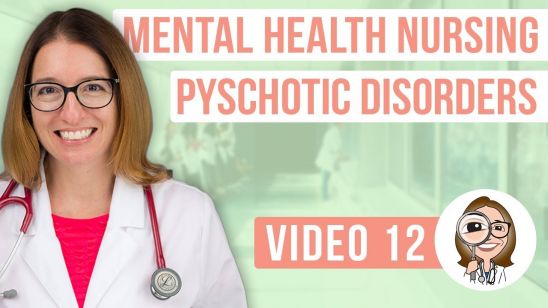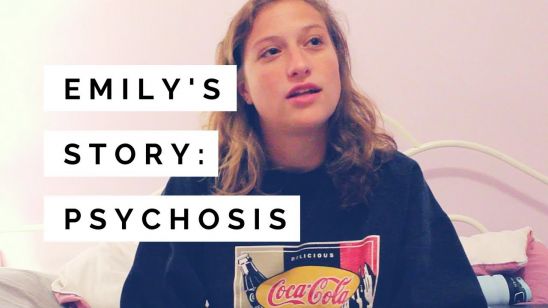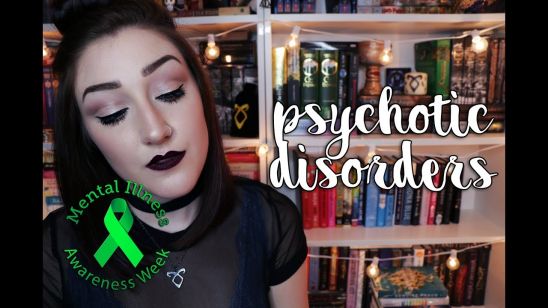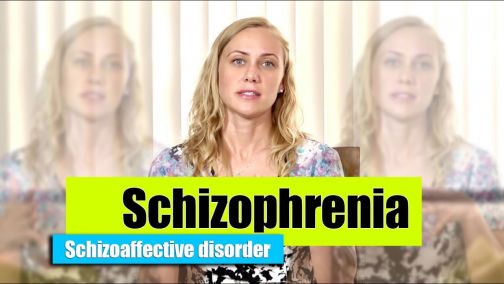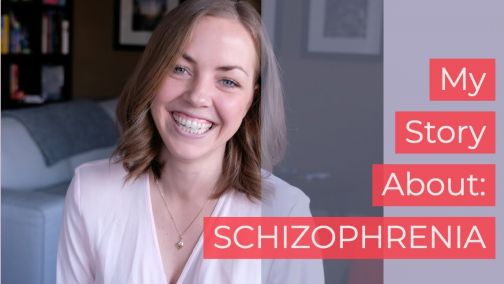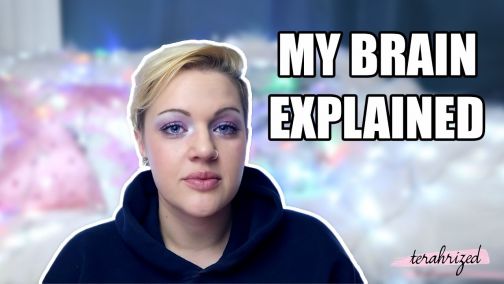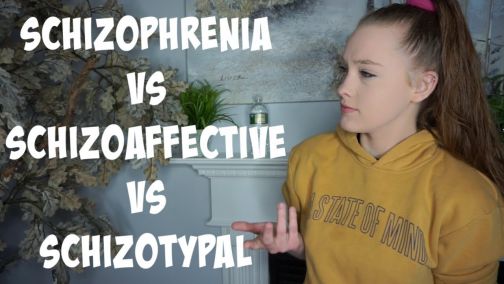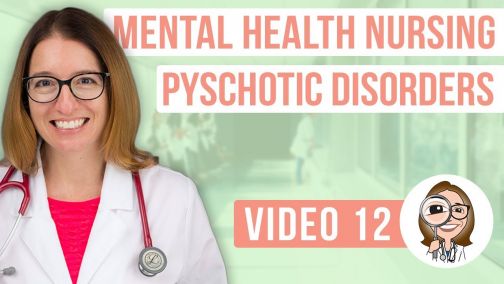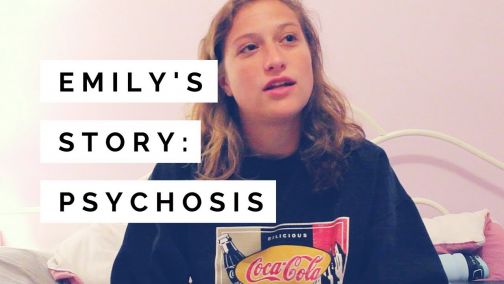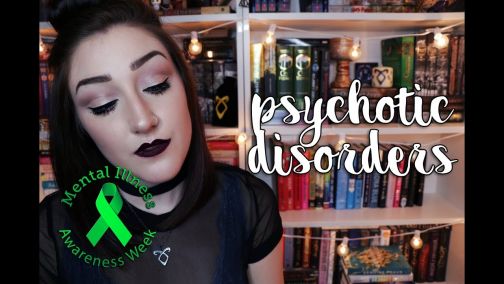Schizoaffective Disorder
What is it?
Thought disorders impact a person’s ability to think clearly and interpret reality in “normal” ways. Mood disorders affect the intensity of their emotions, and how often and aggressively they cycle. When hallmarks of schizophrenia (a well known thought disorder) and mood spectrum disorders (like bipolar and MDD) both arise, this is known as a condition called schizoaffective disorder.
As a hybrid condition, schizoaffective disorder involves symptoms of schizophrenia, like delusions and hallucinations, and mood disorders, like mania and depression. It is often misdiagnosed in people as one or the other, prior to being correctly identified.
There are two types of schizoaffective disorder — bipolar type and depressive type. Bipolar type includes symptoms of mania as well as depression, whereas depressive type only comes with major depressive episodes. Schizoaffective disorder is considered a less understood mental condition. It’s related disorders - schizophrenia, bipolar and MDD - have been studied far more extensively. It’s seen in about 0.3% of the population, although this number may be low due to high rates of misdiagnosis, and is equally common in men and women.
What are the symptoms?
The symptoms of schizoaffective disorder can vary greatly depending on the type and level of severity. Symptoms often cycle, meaning that there will be episodes of severe symptoms, followed by lulls or periods of improvement. Generally speaking, the condition is characterized by the following key symptoms:
- Hallucinations (hearing or seeing things that aren’t there)
- Delusions (holding false beliefs regardless of if they’ve been disproved)
- Disorganized thinking (switching quickly between topics or saying strange things)
- Depressed mood (extended periods of sadness, hopelessness, emptiness or other symptoms of depression)
- Manic behavior (racing thoughts, feelings of euphoria, and engaging in risky behavior)
To be diagnosed with schizoaffective disorder, a person will need to exhibit:
- A period in which mood disorder symptoms (depression or mania) occur alongside schizophrenia symptoms (delusions and hallucinations)
- Schizophrenia symptoms taking place during a period of time where there are no mood disorder symptoms
- Ongoing mood disorder symptoms
Reading up on the symptoms of schizophrenia, bipolar and major depressive disorder may provide further insight into how this condition manifests.
What are some common warning signs?
Schizoaffective disorder can look different in different people. Some may appear to be more on the mood disorder spectrum, while others will be more closely aligned with schizophrenia.
In early stages, schizoaffective disorder can cause strange sleep patterns, social isolation, a lack of motivation, self-harm, substance abuse, intense anger or irritability, periods of euphoria and risky behavior, and feelings of sadness and hopelessness, amongst other more subtle symptoms. As it progresses, more severe symptoms, such as delusions, hallucinations, mania and intense depressive episodes, will arise.
If you’re concerned that a loved one has schizoaffective disorder, ask yourself the following questions:
- Are they speaking in strange ways, such as very rapidly, incoherently, or by stringing words and phrases together that don’t make sense?
- Do they seem paranoid or on edge? Have they expressed fears about people or scenarios that seem unwarranted?
- Do they go through periods of high activity and energy, followed by intense lulls?
- During high energy periods, are they engaging in behavior that seems out of character or risky? Are delusions or hallucinations occurring during this period as well?
- Have they mentioned “hearing voices”?
- Have they become extremely religious or adopted very strange religious beliefs?
- Do they seem vacant or empty when you talk to them? Do they exhibit little range in emotion?
- Are they forgetting things easily or misremembering past events?
- Have their mannerisms changed drastically?
- Are they staying up late to research bizarre conspiracy theories or religious ideas? Have they become obsessed with these ideas?
- Have they expressed having hallucinations?
- Do they talk to people who aren’t there?
- Do they have inappropriate emotional responses to different scenarios, such as becoming angry and hostile very quickly?
- Do they seem apathetic to life and out of touch with their responsibilities and relationships?
These behaviors can’t confirm a schizoaffective disorder diagnosis, but they do hint at one. If you feel comfortable doing so, talk to your loved one about this behavior and why you’re concerned.
What causes Schizoaffective Disorder?
The exact causes of schizoaffective disorder are unknown. Doctors believe a range of factors play a role in its development, including:
- Genetics: People are more likely to develop schizoaffective disorder if they have a family history of the disorder or other forms of psychosis or mood disturbances.
- Brain chemistry: Issues with certain neurotransmitters or brain circuits have been linked to the condition.
- Environmental: Being exposed to certain viruses or being malnourished in the womb may increase the risk of developing Schizoaffective disorder later in life. There is also some evidence that traumatic or highly stressful experiences, such as being abused or raped, can trigger symptoms. Substance Abuse: Some studies show a correlation between heavy drug use and psychosis.
How is it treated?
Effectively managing schizoaffective disorder often involves a combination of psychotherapy and medication. Healthy lifestyle habits and social support are recommended as well.
Psychotherapy is a broad term that refers to a range of therapeutic approaches. Common models for coping with schizoaffective disorder are:
- Individual psychotherapy: One-on-one sessions that help people better understand and manage their symptoms.
- Cognitive behavioral therapy (CBT): A therapeutic model that challenges negative thinking patterns and behaviors. In CBT, a therapist will help a person establish healthy coping mechanisms for their delusions, hallucinations and mood disorder symptoms.
- Cognitive enhancement therapy (CET): Therapy that teaches people how to pick up on social cues and triggers, and improve their memory, attention and thought organization.
Psychosocial therapies may be recommended as well. These help a person function more effectively in social environments. A handful of approaches can be beneficial, including social skills training, rehabilitation, self-help groups, assertive community treatment (ACT), coordinated specialty care (CSC), and social recovery therapy. You can learn more about those here.
Medication is considered a cornerstone of management. Most people will need to take meds their entire life in order to keep symptoms at bay. Antipsychotics, mood stabilizers and antidepressants may be recommended depending on the type and severity of a person’s condition. The only medication approved specifically for schizoaffective disorder is a drug called paliperidone (Invega). However, that doesn’t mean other medications won’t be effective.
Mood-stabilizers can help minimize the symptoms of mania in those with Bipolar type, whereas antidepressants can address depressive episodes in those with Depressive type.
Common mood-stabilizers include Lamictal, Depakote, Lithobid and Equetro. Antidepressants come in different forms including SSRIs, SNRIs, MAOIs and TCAs. Well known examples include Zoloft, Lexapro, Paxil, Celexa, Prozac, Effexor and Cymbalta.
Antipsychotics are the most commonly prescribed drugs for dealing with symptoms of Schizophrenia. While effective, they are known to have heavy side effects, which may make people hesitant to take them.
There are two classes of antipsychotics — first generation (conventional) and second generation (atypical). First generation antipsychotics are older, cheaper and come with more substantial side effects. Second generation are newer and come with less.
- First generation/conventional: Chlorpromazine (Thorazine), Fluphenazine (Prolixin), Haloperidol (Haldol), Loxapine (Oxilapine), Perphenazine (Trilafon), Thioridazine (Mellaril), Thiothixene (Navane)Trifluoperazine (Stelazine)
- Second generation/atypical: Aripiprazole (Abilify), Asenapine (Saphris), Brexpiprazole (Rexulti), Cariprazine (Vraylar), Clozapine (Clozaril), Iloperidone (Fanapt), Lurasidone (Latuda), Olanzapine (Zyprexa), Paliperidone (Invega), Quetiapine (Seroquel), Risperidone (Risperdal), Ziprasidone (Geodon)
Electroconvulsive Therapy (ECT) may be recommended for people who do not respond well to therapy or medication. You can learn more about ET here.
It’s important to remember that treatment plans are personalized. If you’re seeking help, make sure you work one-on-one with a doctor to create a plan that fits your needs. Just because a medication or therapy helps someone else recover, doesn’t mean it’ll be the right solution for you. Don’t ever feel guilty about asking for help, taking meds or going to therapy. Addressing your mental health is a productive and courageous thing to do.
How can I help a loved one with Schizoaffective Disorder?
It can be hard to know how to react when someone you love isn’t doing well. Do they want to talk about it, or would they prefer to keep their experiences private? Will you push them away by starting the conversation?
There are no easy answers to these questions. Every person handles their mental health differently. That said, we all want to feel loved and supported. Showing someone that you’re invested in their wellbeing can make a world of difference. Here are some ways to do so:
Here are some ways to do so:
- Educate yourself: Read up on symptoms, treatment options, and healthy living recommendations. Try and understand what your loved one is going through so you are better equipped to talk to them about it. This will also make you a valuable resource when it comes time to find treatment.
- Advocate treatment: Asking for help can be hard. Societal stigma often keeps people from opening up to others about their symptoms. Support your loved one by helping them research different treatment methods, or doctors in their area. If they’d like, go to a few sessions with them. Remind them that there’s nothing weird about getting help, and that you’re proud of them for following through.
- Use empathy: The delusions and hallucinations associated with psychosis feel very real. Try and refrain from snapping at them when they are in the midst of an episode. Stay calm and remember what they’re going through. Remind them that you’re there for them and that you love them.
- Tell them you care: Let them know that you love them and are there for them. Compliment them when they look good or do something well. Mood disorders often come with feelings of low self-worth. Words of encouragement can help.
- Help them out: People battling a severe mental disorder like schizoaffective disorder, may struggle to keep up with daily responsibilities, such as preparing meals, paying bills, or cleaning up. Make time to do these things with your loved one so they feel supported, and don’t get bogged down by unfinished work.
- Be patient: Don’t take it personally if they lash out at you. They are battling something that’s very hard to overcome. Their distance has nothing to do with who you are as a person. Keep showing up for them even when it feels like it’s not helping. The act alone lets them know that they have people in their life who care.
Loved ones of people with schizoaffective disorder are often asked to help monitor their medication, and look out for signs of a relapse. If you think they pose a threat to other people or themselves, seek immediate help. And finally, remember to take care of yourself. Find counseling of your own if you are struggling to cope with their condition.
What other resources are out there?
Want to learn more, find a doctor, join a support group or speak to a counselor? The below resources might be able to help:
- Schizophrenia and Related Disorders Alliance of America
- Schizophrenia Society of Canada
- Zur Institute
- Crisis Text Line
- BetterHelp
- Psychology Today Directory
- American Psychiatric Association
- Medicaid Eligibility Information
- Open Path Collective
- Resources for POC, LGBTQ+ and disabled individuals
- Anxiety and Depression Association of America
- National Network of Depression Centers
- Medicine Assistance Tool
- NeedyMeds
- Erika's Lighthouse
- Anxiety Network
- Anxiety Central Forums
- National Social Anxiety Disorder Center
Support our work
We’re on a mission to change how the world perceives mental health.



